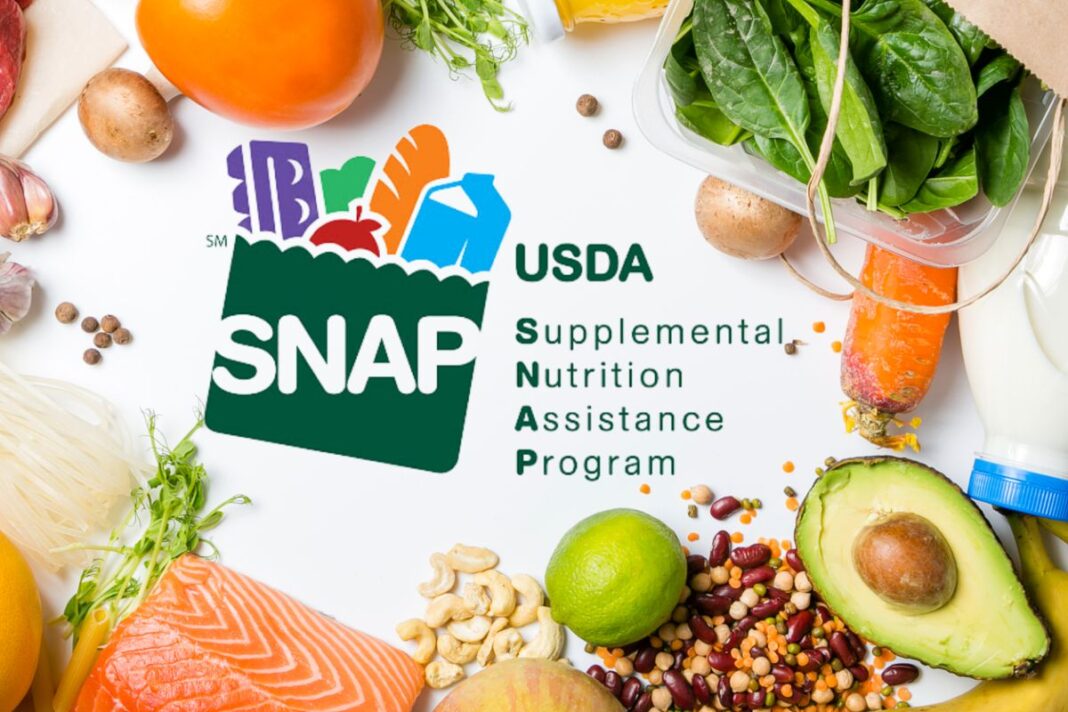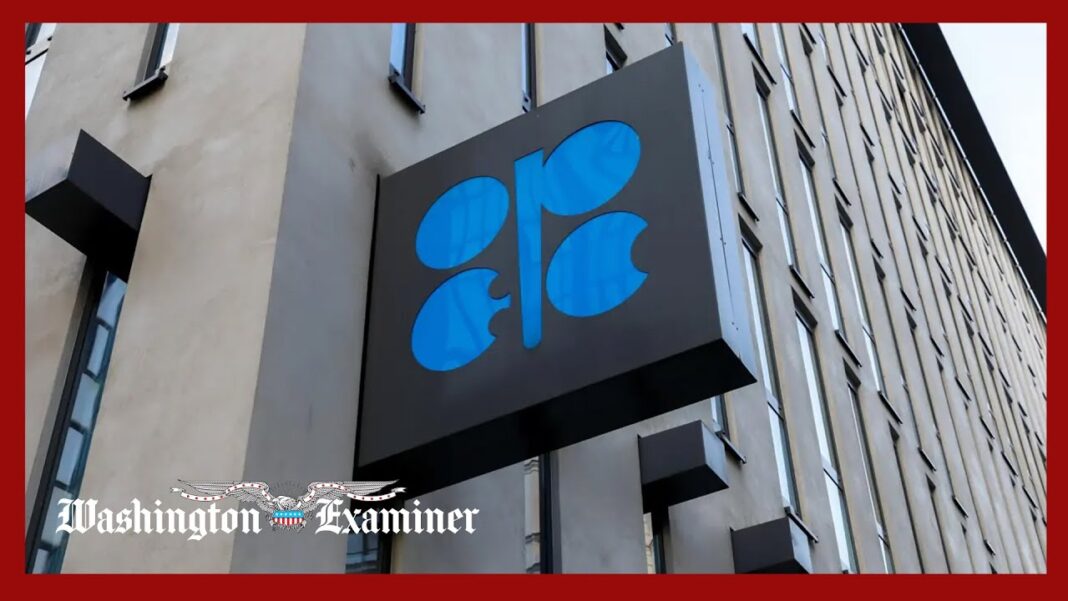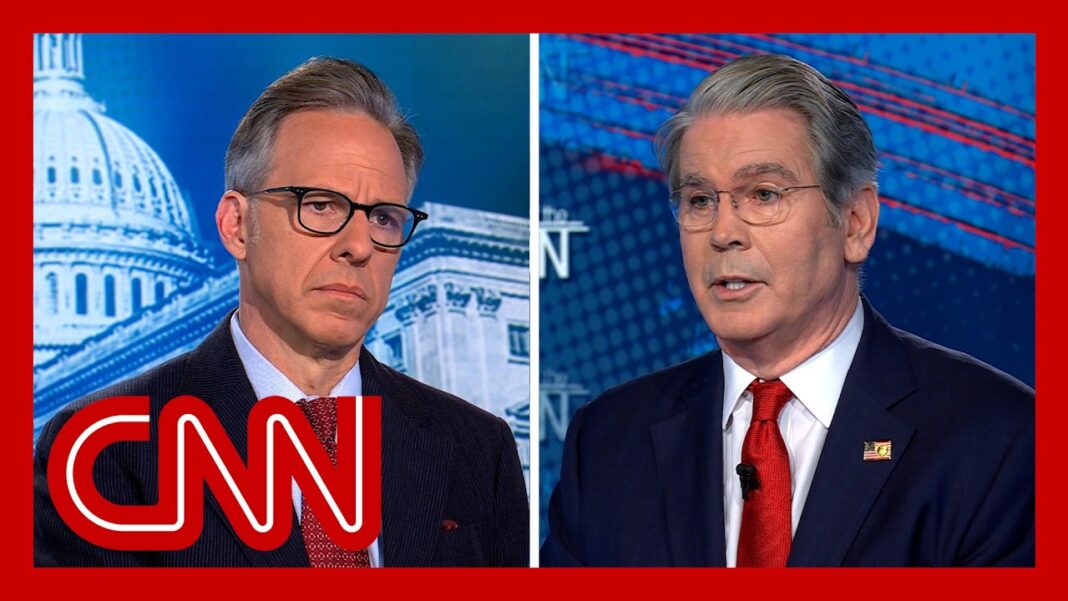The administration has chosen to fund a reduced amount of benefits for November.
The U.S. Department of Agriculture (USDA) will fund food stamps for November at reduced levels, Trump administration officials said on Nov. 3.
The USDA will spend billions of dollars in contingency funds, but will not use any additional money, administration lawyers said in a court filing.
That means many SNAP recipients will only receive half as much in benefits as they usually do, the lawyers said.
The government met its deadline of 12 p.m. on Monday to give an update on funding the federal food stamp program, known as SNAP, for November.
U.S. District Judge Jack McConnell previously ruled that the USDA had to at least partially fund the November benefits by using contingency money allocated in federal law “as may become necessary to carry out program operations.”
“Because of the lack of appropriations for Fiscal Year 2026 (i.e., ’the shutdown’), use of those contingency funds has now become required because available funding is necessary to carry out the program operations, i.e., to pay citizens their SNAP benefits,” McConnell said in a Nov. 1 order.
Congress allocated $6 billion in contingency funds, but nearly $1 billion has already been spent, administration officials have said. Officials had resisted using the contingency money, saying it was unavailable because there was no more underlying funding for SNAP in place due to the government shutdown that started on Oct. 1. Congress has not yet reached a deal to reopen the government or provide new funding for SNAP.
McConnell ordered officials to fund SNAP from the bench during a hearing on Friday. President Donald Trump later on Friday said that he directed White House lawyers to seek clarification on how the administration could keep funding SNAP.
SNAP payments were suspended on Nov. 1 as that unfolded.
It costs about $9 billion to fund SNAP each month. SNAP pays an average of $187.20 a month to electronic cards for about 42 million people, according to the USDA.
McConnell suggested Saturday that officials should “find the additional funds necessary (beyond the contingency funds) to fully fund the November SNAP payments.” They could draw from a tranche of more than $23 billion that came from tariffs, he said.
If officials choose to fully fund November payments, they must do so by the end of Nov. 3, he said; however, if officials choose not to fully fund the November benefits, they are to use the total remaining contingency funds to make a partial payment by Nov. 5.
McConnell suggested Saturday that officials should “find the additional funds necessary (beyond the contingency funds) to fully fund the November SNAP payments.” They could draw from a tranche of more than $23 billion that came from tariffs, he said.
If officials choose to fully fund November payments, they must do so by the end of Nov. 3, he said; however, if officials choose not to fully fund the November benefits, they are to use the total remaining contingency funds to make a partial payment by Nov. 5.








